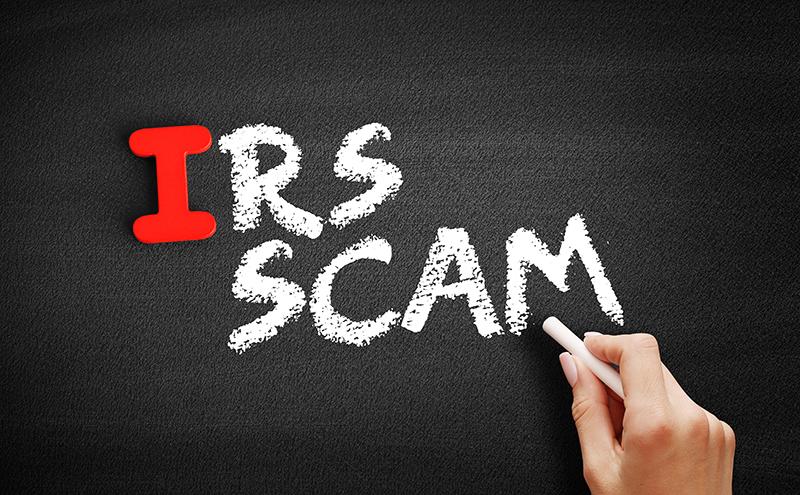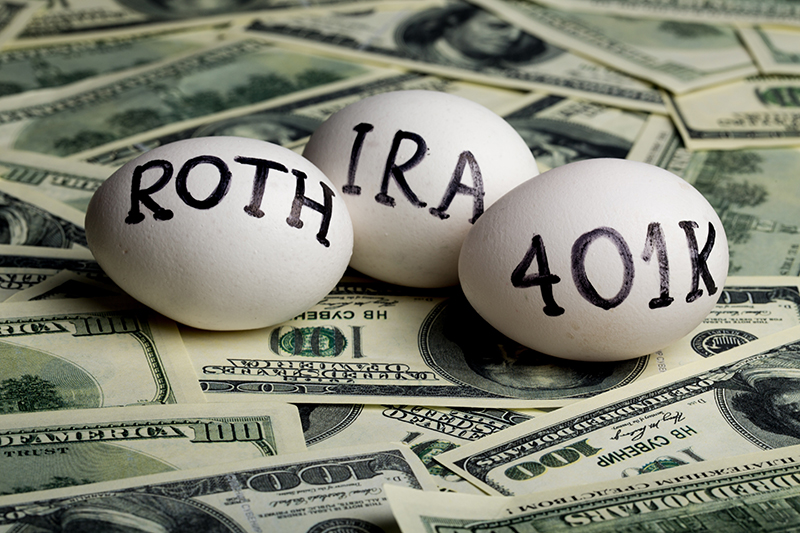TaxAudit Reviews the IRS Dirty Dozen Tax Scams - Part 2
April, 28 2020 by Steve Banner, EA, MBA
It is an unfortunate fact of life in today’s world that taxpayers must constantly be on the lookout to avoid getting caught up in the many scams and schemes that try to separate us from our hard-earned dollars, especially around tax time. But the criminals and fraudsters who run these cons operate year-round, causing such a problem that the IRS has published a “Dirty Dozen” list to warn taxpayers to beware of joining the thousands of people who lose millions of dollars to scammers each year. We described the first four of these Dirty Dozen scams in a recent article when we talked about Phishing, Phone Scams, Identity Theft, and Return Preparer Fraud.
This article is the second of our three-part series, and in it, we will describe another four scams on the Dirty Dozen list and point out their warning signs.
Inflated Refund Claims: Taxpayers should beware of return preparers who promise tax refunds that are larger than their competitors, or higher than the taxpayer typically expects to receive. It stands to reason that since all tax preparers are using the same set of laws, the refund amount for a given taxpayer should be similar regardless of which company or office prepared the return. A red flag for this type of scam is a preparer who promises large refunds without having reviewed a taxpayer’s records, or who asks taxpayers to sign a blank tax return form, or who bases their fees on a percentage of the taxpayer’s refund. Preparers such as these are likely planning to make some money for themselves at the taxpayer’s expense. And because taxpayers are legally responsible for what’s on their tax return even if it was prepared by someone else, taxpayers who get caught in such schemes can end up being penalized for filing false claims or receiving fraudulent refunds.
Falsifying Income to Claim Credits: An unscrupulous tax preparer or con artist may attempt to persuade vulnerable or unsuspecting taxpayers to falsify some of the information on their tax return, resulting in an increased refund. This includes inventing income that allows them to qualify for tax credits such as the Earned Income Tax Credit. Taxpayers should avoid such schemes because a fraudulent filing can result in large bills for the taxpayer for back taxes, interest, and penalties.
Falsely Padding Deductions on Returns: Similar to the above, taxpayers should file a complete and accurate tax return that includes only the deductions and expenses that they are legally entitled to claim. Although it may be tempting to falsely inflate deductions such as charitable contributions and business expenses to increase their refund or qualify for a tax credit, taxpayers should remember their legal obligations and the consequences for filing a fraudulent return.
Fake Charities: Many con artists take advantage of the tax laws to masquerade as charitable organizations to solicit contributions from unsuspecting taxpayers, particularly in the wake of natural disasters. A common technique is for the scammers to dupe taxpayers by using names similar to familiar or nationally known organizations. In case of doubt, taxpayers can always check on the legitimacy of a charity by using the Tax-Exempt Organization Search tool on the IRS website (irs.gov). Taxpayers who give money to a fake charity lose twice over – once when their hard-earned funds don’t go to the intended worthy cause, and again when the IRS denies their claim for a tax deduction.
Through its Criminal Investigation Division, the IRS works hard to shutdown scams and prosecute the criminals behind them. Still, it is taxpayers who are the first line of defense by remaining vigilant to these often aggressive and evolving schemes throughout the year.





